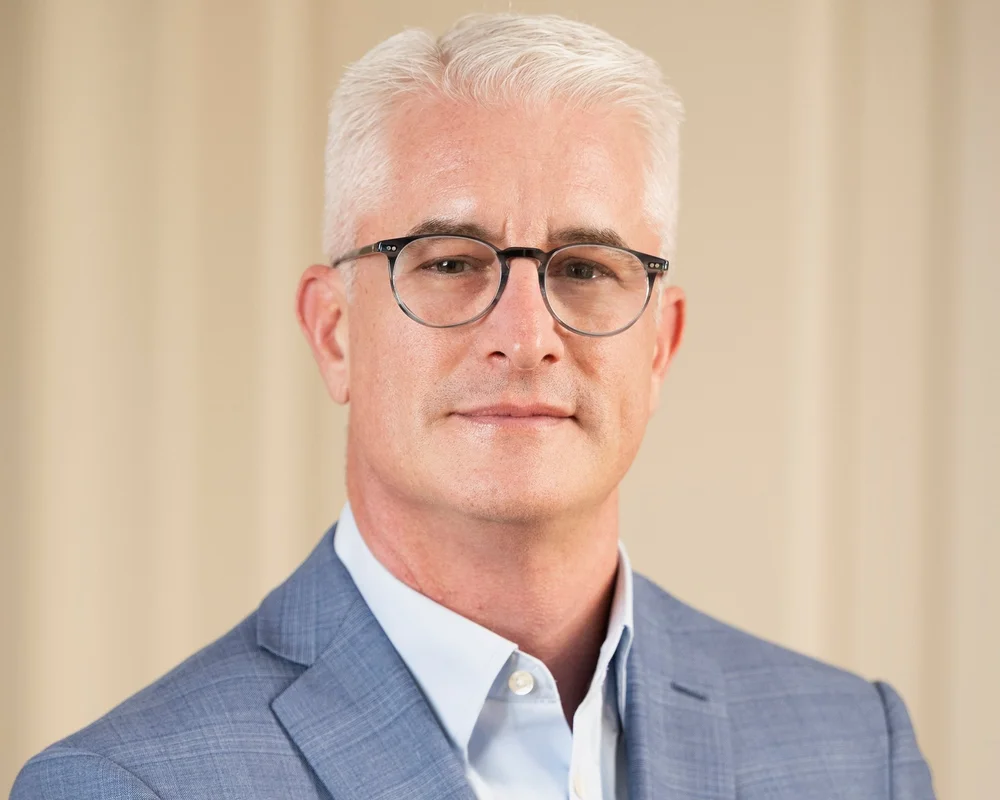 Earlier this month, Midwestern regional provider US Signal began offering a managed data center service that marked their entry into the IaaS/cloud business. While it seems as if everyone is in the cloud these days, most of the headlines go to the very largest players and the merger of the day. An organic cloud buildout by a regional fiber operator could easily get lost in the shuffle, but the blending of metro and regional fiber and IaaS/cloud services seems like a story that might spread across the sector before long. With us today to shed some light on US Signal’s viewpoint on the subject is Trevor Bidle, VP of Engineering:
Earlier this month, Midwestern regional provider US Signal began offering a managed data center service that marked their entry into the IaaS/cloud business. While it seems as if everyone is in the cloud these days, most of the headlines go to the very largest players and the merger of the day. An organic cloud buildout by a regional fiber operator could easily get lost in the shuffle, but the blending of metro and regional fiber and IaaS/cloud services seems like a story that might spread across the sector before long. With us today to shed some light on US Signal’s viewpoint on the subject is Trevor Bidle, VP of Engineering:
TR: What prompted US Signal to move into the virtual private data center and cloud computing market?
TB: We started walking through our data centers and noticed that the main pieces of equipment our customers were colocating were servers, storage arrays, and firewalls. So that’s how we started looking at the virtual private data center. Instead of each customer bringing in their own resources we realized we could put in larger scale carrier class equipment and offer this to our client base, while still offering them colocation space for things like fax servers and AS400s that can’t be virtualized.
TR: What types of cloud products will US Signal be focusing on?
TB: We’re looking to be an Infrastructure as a Service (IaaS) provider, meaning that we will offer the computing, memory and storage capacity to our customers. We do not at this point expect to step into offering them an operating system or software as a service. We have historically been an excellent infrastructure provider and feel that is a good place to step into this market.
TR: How does being a network operator affect your competitive position in the cloud and IaaS marketplace?
TB: We actually think that being the network provider plays very well into offering managed data centers. The reputation and product we have built over the last ten years plays very well, because we control the customer’s network experience between the office and the datacenter. If we look at some of the competitors in the industry, they are charging bandwidth charges in and out of the data center. We’re not doing that. If you’re on our network, then getting in and out of the datacenter is just part of the service we offer to you, it’s not an upcharge. We feel our experience and knowledge in the WAN and in Metro Ethernet are what will make our product better.
TR: What differentiates US Signal’s cloud effort from that of other network operators?
TB: I’ve looked at several of the other announcements by other providers. What is unique is how we’re leveraging our assets. We’re really making this play based building our network in as a core component of a successful IaaS offering. Some of the other companies don’t have their data centers as closely integrated into their network so there are more public cloud components to it.
TR: How will your entry into cloud computing affect the way you run and expand your network?
TB: A lot of what we’re doing now is looking at new access technologies and strategies and becoming more dense in our footprint: a lot more Ethernet, and a lot more builds to the customer.
TR: In terms of building to the customer, do you mean via Ethernet over Copper or fiber?
TB: We’re already an EoCu provider but are evaluating some of the 100M technologies as well. But also we’re definitely looking at getting fiber to the customer where it’s feasible. With some of these additional services like the data center and security products it really makes sense to extend fiber to the premises when we can.
TR: Are there additional IaaS products in the wings?
TB: Security will be the next piece we build on top of this data center offering. Just prior to launching our virtual private data centers, we launched a cloud-based managed firewall product. We’ve already married that into the managed data center product. In the next few months, we will add in advanced security capabilities – e.g. SSL, VPN, some advanced NAT and PAT features, anti-spamware, and content filtering. Beyond that we will get into unified threat management with the next iteration.
TR: What segment of the market are you targeting?
TB: Multi-location enterprises, small and medium businesses, healthcare, and many others. This is really going to be a product that drives us up-market. We can now go into some of the larger businesses that as a regional provider we have not traditionally approached, e.g. the Fortune 200.
TR: Will there be additional datacenter build-outs to support this new product set?
TB: All of the data centers we have currently deployed have space in them that we can use for this product offering. But we are looking at adding additional data centers to complement our market expansion. So you would be more likely to see us announce a data center in, say, Ohio before a second or third datacenter in an existing market.
TR: Do you foresee any M&A activity in US Signal’s future?
TB: US Signal has traditionally been an organically-grown business. I personally don’t see us entertaining any M&A activity right now.
TR: Thank you for talking with Telecom Ramblings!
If you haven't already, please take our Reader Survey! Just 3 questions to help us better understand who is reading Telecom Ramblings so we can serve you better!
Categories: Cloud Computing · Industry Spotlight · Metro fiber






Discuss this Post